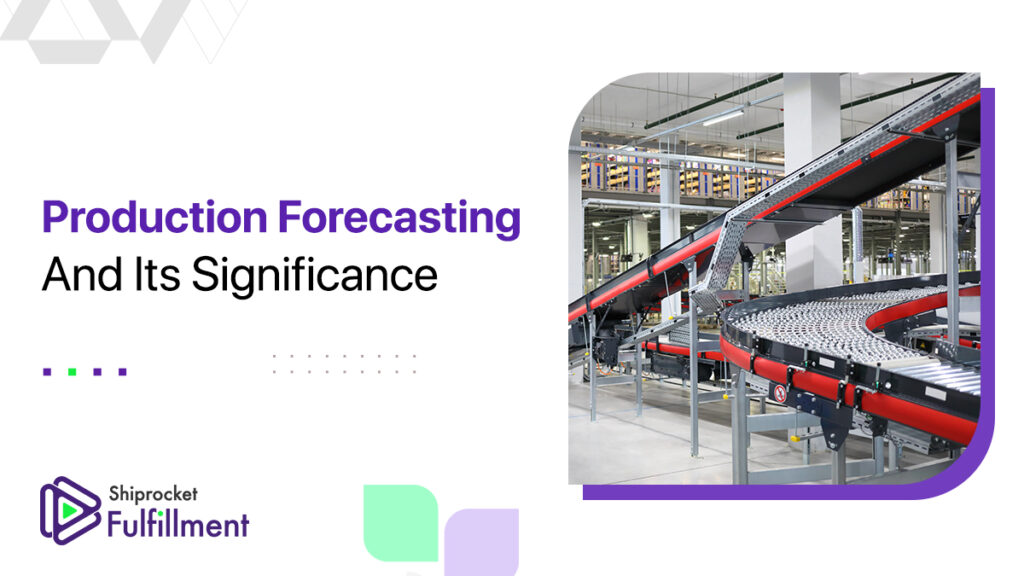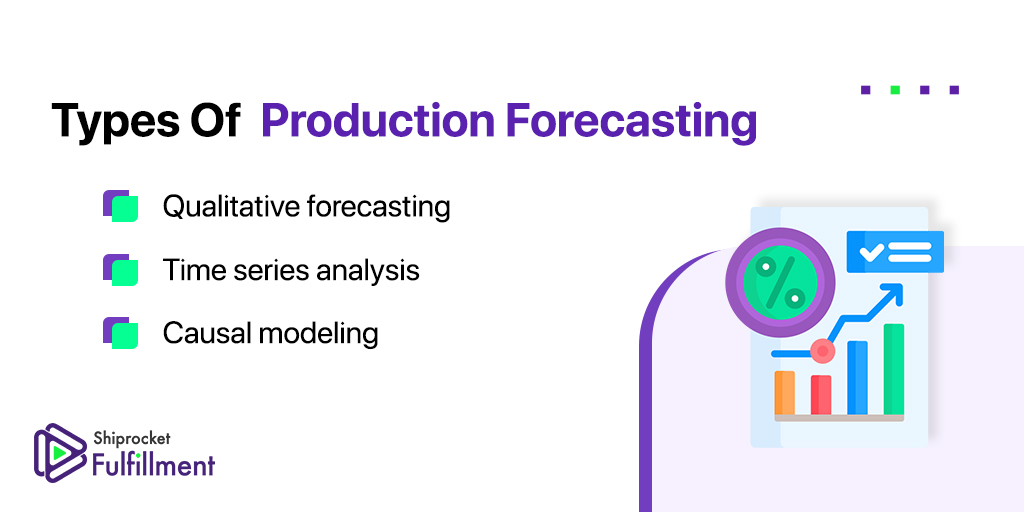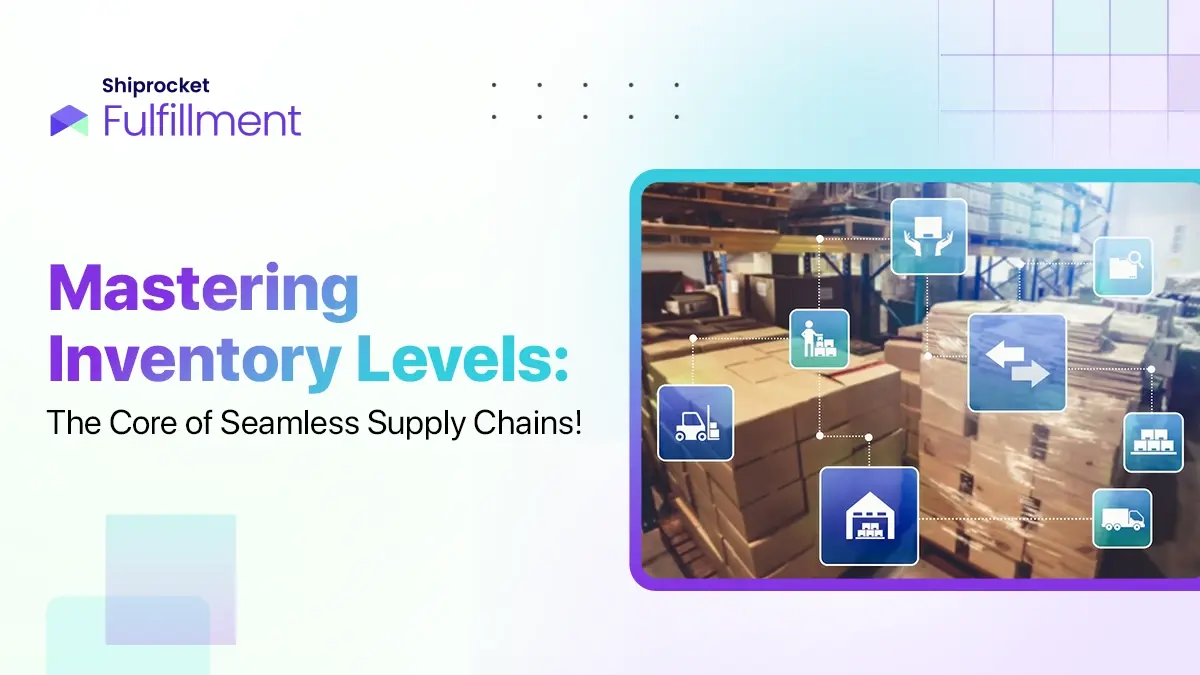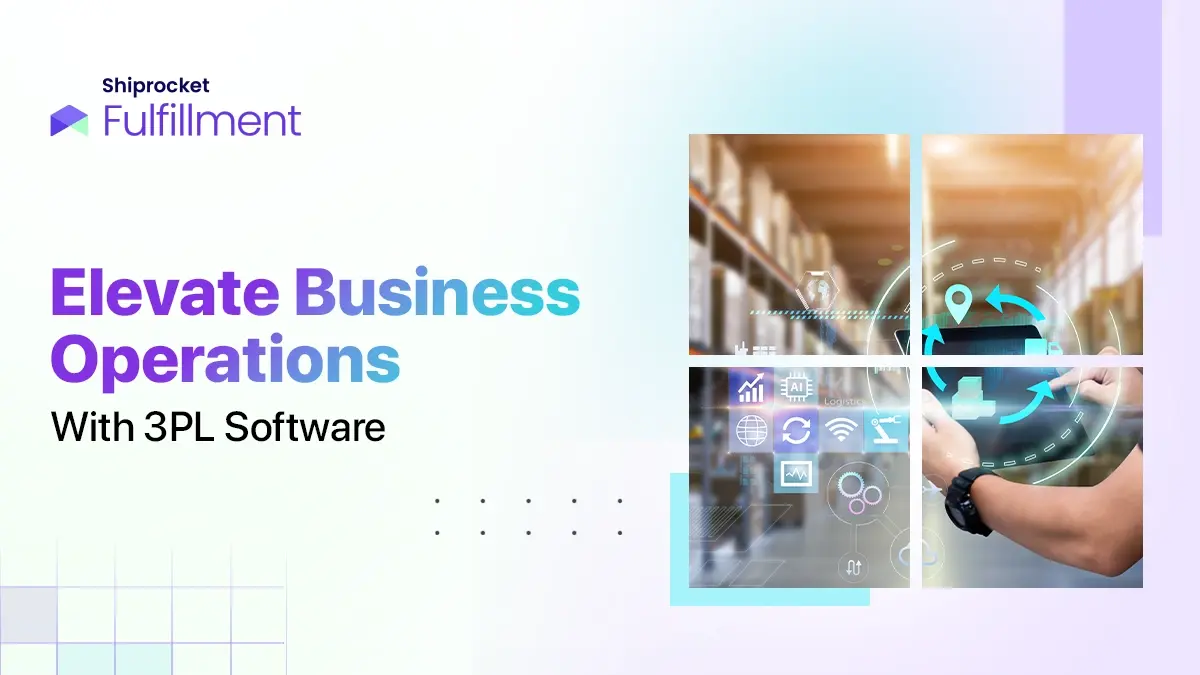When running a direct-to-consumer eCommerce business, you must pay attention to every minute detail of your business. From the start of production up till the final delivery, every process must be in sync to avoid delays and errors in processing. The products you produce and the amount you sell must be well in tandem, so you don’t spend more on storage or in a situation where you run out of inventory while the product is still listed on the website. That is why it is essential to forecast demand and production to maintain a decent stock-to-sales ratio at the end of your sales cycle. Demand forecasting and production forecasting are both vital for conducting your business thoroughly. Let’s look at production forecasting and how you can run it for maximum yield.

What is Production Forecasting?
Production forecasting estimates the future demand for the product to sell and the resources required to manufacture these products.
It is a technique that helps you maintain optimal inventory levels to keep the overall profitability high and boost customer satisfaction.
Production forecasting gives you an estimate of the future demand through which you can order your raw material, resources, etc., in advance to avoid the situations of under or overstocking.
Importance of Production Forecasting
Production forecasting is essential for your supply chain because it helps improve efficiency at every stage. Also, it helps prevent situations that lead to lesser sales and reduced profitability. Furthermore, it allows you to get a consistent cash flow and offer your customers compatible products.
Types of Forecasting in Production Planning and Control

There are three main types of production forecasting. These include qualitative forecasting, time series analysis, and causal modeling. Let’s have a look at what they are –
Qualitative forecasting
Businesses can use qualitative forecasting techniques when they don’t have any historical data to use. The majority of brands using this forecasting model are those that are just getting started or are about to introduce a new range of products.
In this type of forecasting, the production managers need to consider the best judgment. Also, they can take inputs from qualitative data from the customers and in-house sales teams. This data can be obtained via surveys, polls, and similar research methods.
By serving your customers, you can understand their satisfaction, brand connections, etc. Doing your sales teams can provide you with an understanding of how well a new product will sell. You can utilize these two insights to create a production forecast to meet demand. It is entirely subjective based on opinions and judgments.
Time series analysis
The time series analysis lets you make forecasts based on time-stamped data. This means regularly collecting data at specific intervals can help you deduct a time series analysis to forecast future demand.
Once you have this data, you can analyze it to understand why there were bumps in the inventory outcomes in different periods.
In the time series analysis, you need a large set of data points; otherwise, it will not give you an accurate forecast, or it will not account for variables.
When to apply time series analysis?
When businesses have a large amount of non-stationary data, such as fluctuating purchasing trends, they can benefit from time series studies. Using this technique a company can understand how certain inventory items or data points move and change over time.
Causal modeling
Causal modeling is a type of production forecasting where brands forecast future events in a retail marketplace.
The production is done keeping the variables that influence the product movement and market. These variables include inventory availability and consumer preferences.
So casual modeling takes into account the position of your brand or product compared to competitors, and from there, it identifies variables that can influence the future of the product in the market. This includes factors like buyer behavior, the flow of the supply chain, availability of products and materials, etc.

When to apply Causal modelling?
Businesses can apply causal modeling once they have determined the independent and dependent variables that influence forecasting. These factors include rivals in the market, the state of the economy, and consumer preferences or purchasing patterns.
The Top Forecasting Methods
There is not one production forecasting that works for all retailers; there are several forecasting methods that a brand can choose depending on its needs, product types, data availability, etc.
Therefore, it is essential to determine your needs and choose your forecasting method. You are a few standard forecasting methods that brands use –
The Regression Model Method
In the regression model method, you examine independent and dependent variables that affect your sales performance.
These independent and dependent variables include sales performance, marketing strategies, campaigns, marketplaces where you sell, etc.
You can gain an insight into what the future might look like depending on the previous sales and production performance.
To carry out a regression model method forecasting, you will need several years of sales history to obtain meaningful trends.
The Trend Projection Method
The trend projection forecasting method is straightforward as it considers past sales data and helps predict future production.
Direct-to-consumer brands use it to get intermediate or long-term forecasts for popular inventory items.
The trend projection method requires a few years of annual sales data to get the most accurate results.
The Historical Analogy Method
The analogy method considers a quantitative approach to forecasting in which the past sales of a similar product are used to predict the sales of a new SKU. It is a comparative analysis done during the introduction of identical inventory items.
Forecasting in Production Management
Forecasting in production management helps companies maintain an optimal inventory level, avoiding overstocking and understocking situations. This will enable businesses to achieve a 10% reduction in inventory costs.
Businesses often use different forecasting techniques to predict changes over different periods spanning months or years. These include long-term forecasting, medium-term forecasting, and short-term forecasting. The production sector employs short-term forecasting to determine the production levels, usually for 3 months into the future.
Objectives of Forecasting in Production Management
The main objectives of forecasting in production management are listed below.
- Boost productivity at all supply chain stages
- Avoid stockouts and the ensuing loss of revenue
- Attain ideal order numbers to help the brand save money
- Delight clients with a reliable assortment of products
- Maintain a steady, rising trajectory for cash flow
Importance of Forecasting in Production Management
In the wake of rising customer expectations and the present supply chain challenges, it is extremely important that businesses employ production forecasting to avoid losses and succeed in business. Production forecasting helps a company in the following ways:
- It significantly increases a brand’s resistance to uncertainty in its eCommerce supply chain.
- Enable the affected retailers to overcome any supply chain issues
Final Thoughts
Production forecasting is essential for your e-commerce fulfillment supply chain as it helps you optimize your sales and sync them with demand. It can help you be prepared for different outcomes and give you an edge over the competition regarding sales.










